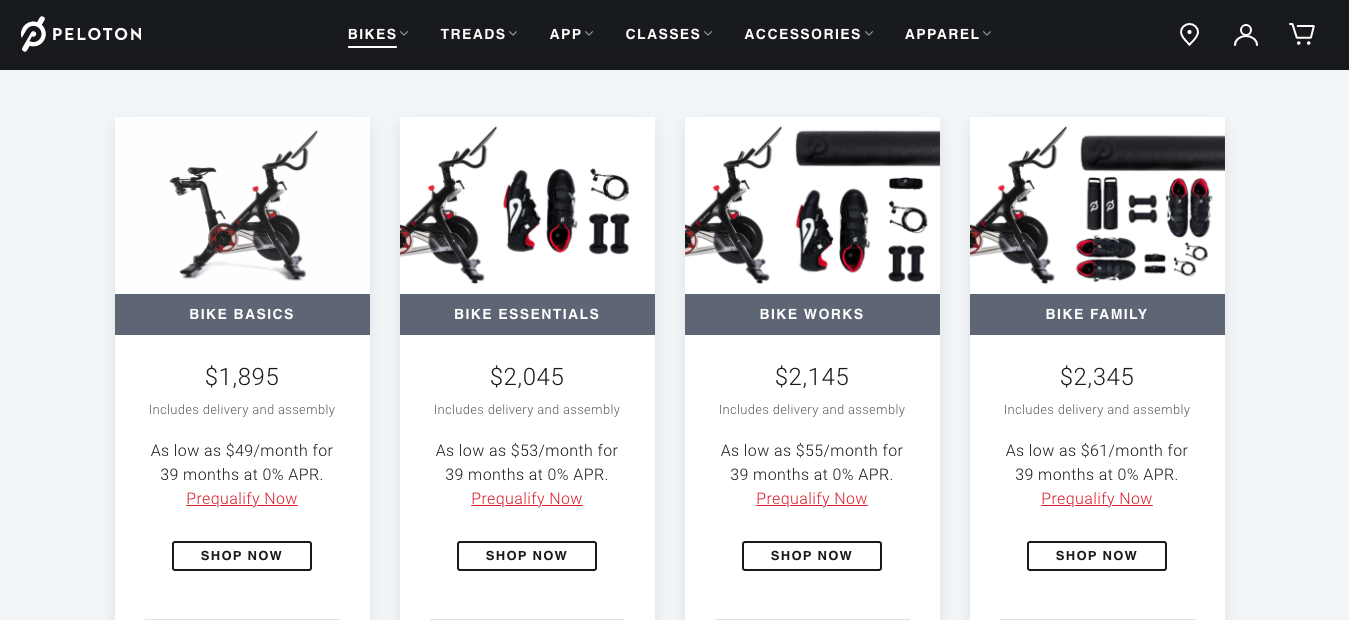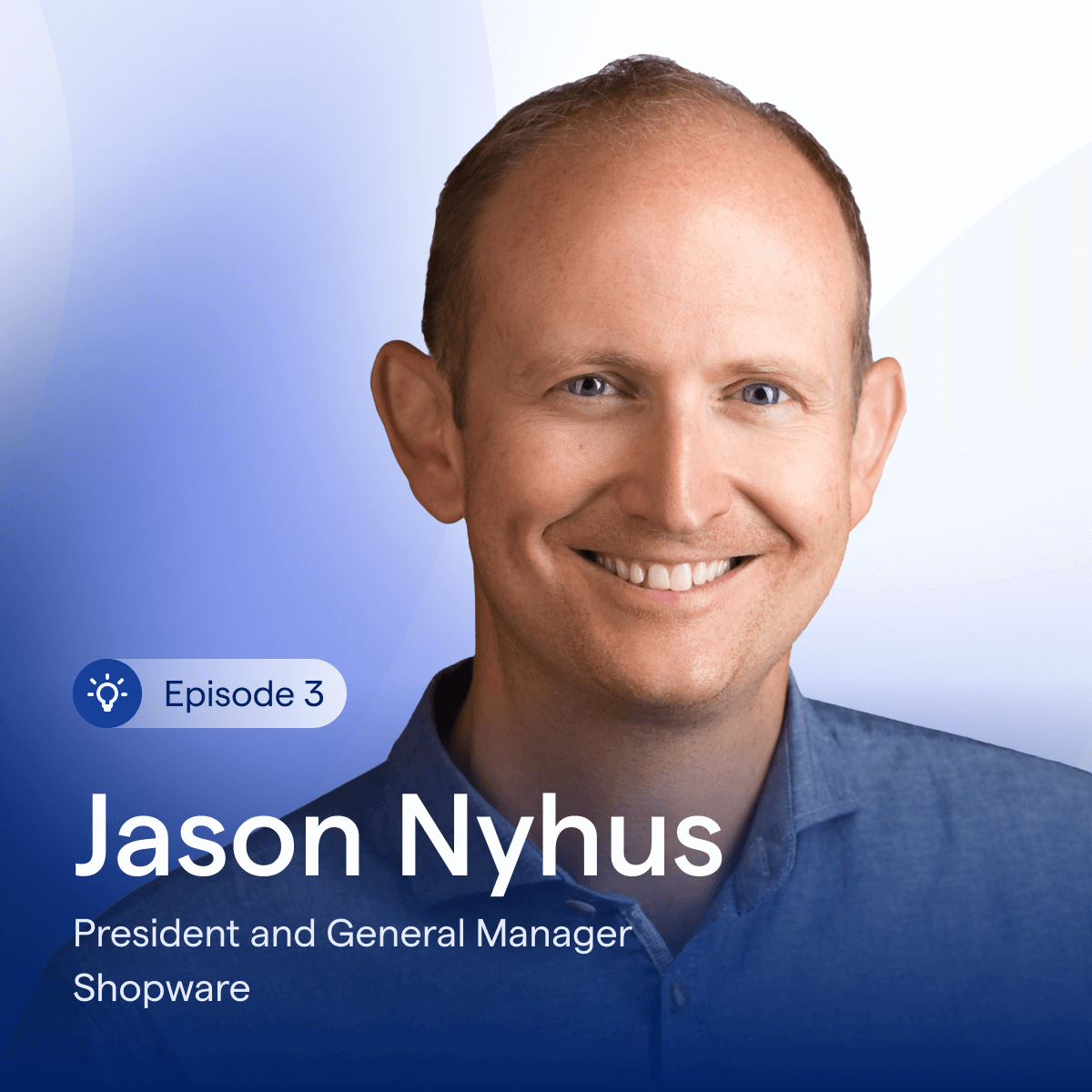Peanut butter and jelly. Bacon and eggs. Macaroni and cheese.
You’re probably wondering what this is all about.
If you’re confused, don’t be.
Some things just go together.
No matter how much the world changes, in our minds, these are perfect pairs.
You’ve probably done this before.
Ordered a combo meal at your favorite fast-food restaurant or bought a gift basket with different products that just went together.
So what does this have to do with your ecommerce business?
These are all examples of product bundling.
Want to know more?
Let’s jump in.
What is Product Bundling?
Product bundling refers to when several goods or services are sold together as a combined package, often at a discounted price to entice the buyer to buy more.
Typically, product bundles cost less than if the buyer bought the items in the bundles individually.
Product bundling is a common strategy used by businesses to generate more revenue per order, especially for special promotions and holiday sales.
Products may either be bundled as an upsell or cross-sell.
Upsells– This involves getting the customer to upgrade their purchase. For example, promoting a more expensive version of a computer accessory, a customer thinks of buying.
Cross-sells– This involves promoting related products that are close to other products in a similar group. For example, promoting blush together with a makeup brush.
Yet, despite the correlation of increased average order value, very few e-commerce sites are effective in surfacing the complimentary products to drive cross-sells and upsell. According to Baymard Institute, 68% of desktop sites fail to provide enough information for cross-sells offered on the product detail pages.
Let’s quickly explore some product bundling strategies.
Types of Ecommerce Product Bundling Strategies
1. Mixed Bundling
This strategy is one of the most used techniques when it comes to product bundling.
Mixed bundling includes products usually sold together—for example, a shirt and tie or burger and fries.
However, these products are still available for purchase individually.
2. Same Products
This type of strategy bundles together the same products. In this case, the customer is offered a discount for buying the product in bulk.
This encourages customers to buy more and increases the average order value.
Direct-to-consumer (DTC) brands mostly use this strategy. These brands primarily sell personal care or essential products.
For example, supplement companies usually sell their products in bundles like 30 day supply, 60 day supply, and 90 day supply. The more a customer buys, the higher the discount.
3. Pure Bundling
This strategy involves the grouping of products that are only available when sold together.
For example, every time you purchase cough syrup, you also get a small plastic cup, which you would never buy separately.
Think about this in the context of software. If you buy the Microsoft Office suite, you get a group of apps. These aren’t usually sold separately.
The main downside with pure bundling is that it limits options for buyers. Product customers may be unable to purchase items individually, leading to a dip in sales over time.
4. Excess Inventory
Excess inventory bundling is an effective marketing strategy that also clears out old unwanted inventory.
This strategy makes room for new items.
Slow-moving inventory can increase carrying costs and eat into business profits.
Product Bundling Strategies—What’s The Secret Sauce?
Product bundling strategies will flop unless you have two key ingredients:
Ingredient #1: Product Catalog with complementary products.
Complementary products are used together with other products. For example, think about a toothbrush and toothpaste.
A product catalog with complimentary products helps drive upsells. For example, if you sell computers, you’ll probably include computer accessories in your product catalog. You can also have other related product categories such as monitors, tablets, storage, and hard drives.

Ingredient #2: Recommendation Engine:
It’s much easier to execute product bundling with recommendation engines. Recommendation algorithms can surface the right products that complement each other.
Customized product recommendations are also helpful. Purchase data fuels the predictive algorithms that recommend product bundles.
Those recommendations have two distinct benefits:
1. They seem like insider knowledge from other buyers.
This information makes customers welcome opportunities to reduce buyer fatigue—when buyers are overwhelmed by decision making.
According to McKinsey, peer recommendations have up to 10 times the influence of those from sales staff.
2. They’re fully customizable mixed bundles that maximize consumer choice.
And that’s not all.
Let’s explore the benefits of product bundling.
Product Bundling—Mega Benefits for your Business!
Product bundling has many benefits, including:
#1: Increase Revenue and Average Sales
Bundling boosts total revenue by increasing the amount customers spend per transaction.
The result?
An increase in the average order value leading to business success and growth.
Bundled products that match customer preferences encourage buyers to spend more. Product bundling, if done right, has a positive impact on your bottom line.
#2: Speed Up Inventory Clearance
Inventory management is sometimes a headache for eCommerce businesses.
Product bundling can help manage slow-moving inventory while lowering carrying costs.
Great bundling ideas involve pairing less popular and slow-moving items with top-selling products. Another successful strategy is to bundle specific quantities of a slow-moving product at a price that still turns a profit.
Either way, it’s a win-win for your ecommerce business.
#3: Enhance the Customer Experience
Product bundling gives customers the chance to choose products and services put together with their needs in mind.
Customized product bundles can also enhance your customer experience.
#4: Relieve the Pressure of Decision Making.
Buyers love options but may become overwhelmed when there are too many choices to make.
Customized product search algorithms can provide product recommendations that direct customers to options that match their needs.
This tactic is not only convenient for the customer, but it also helps you close the sale.
Product Bundling Examples in the Real World
Curious about how bundling looks like in the real world?
Here are some of our favorites:
Moroccan Oil
This prestige beauty brand business specializes in selling hair products and oils.
Recommendations to customers are based on a Hair Quiz that provides a whole hair regime from the digital assistant experience.

The recommendations are essentially a product bundle depending on the nature of a customer’s hair type and goals.
KitchenAid
The KitchenAid Stand Mixer customization suggests other products as add ons to expose other uses of the product beyond baking.

Visual Configurators like KitchenAid’s is a great example of an innovative product bundle strategy.
Bell
This telco knows how to provide its buyers with customized product bundling.
You can build your bundle depending on your specific needs.
Get the Missing Key
We can’t say it enough.
Product bundling means more revenue for your business—but only if done right.
It’s possible to enhance your customer experience while positively impacting your bottom line.
Need some help?
Consider using AI tools to help you on your journey.
It’s an adventure worth taking.


